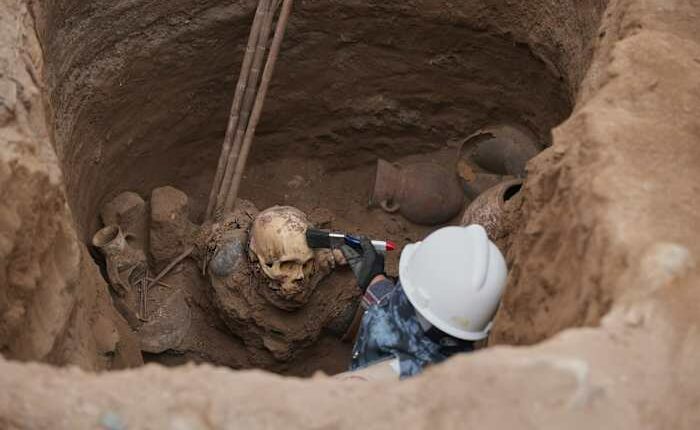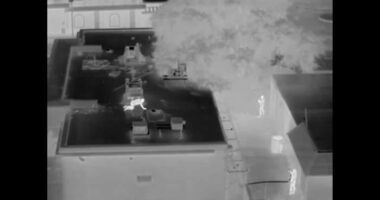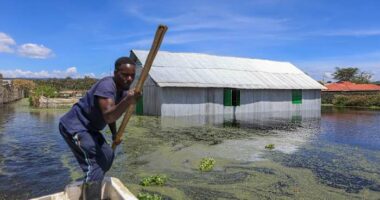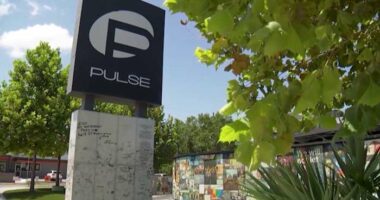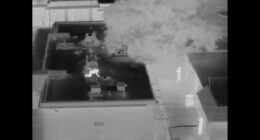Share this @internewscast.com

LIMA – During the excavation of trenches by utility workers aimed at expanding the underground gas networks in Peru’s capital, two ancient tombs from pre-Incan times were discovered on Thursday. While one tomb was found empty, the other contained remains dated to be 1,000 years old, along with four clay pots and three artifacts made from pumpkin shells.
This isn’t an isolated incident for Cálidda, the company responsible for distributing natural gas in Lima. Over the past 20 years of work to extend the underground networks, they’ve encountered over 2,200 archaeological finds.
Archaeologist José Aliaga indicated that the vessel designs and their use of black, white, and red hues link them to the ancient Chancay civilization, which existed approximately between 1,000 and 1,470 years ago. Aliaga informed The Associated Press that the individual was discovered wrapped in a torn cloth, positioned with knees drawn up to the chest, and his team will proceed with the cleaning of the remains.
“Lima is unique among Latin American capitals,” Aliaga said, “in that various archaeological finds are unearthed during nearly every civil project.”
According to the Ministry of Culture, Lima—a bustling city of 10 million residents—hosts more than 400 archaeological sites dating back to the Inca era or even further to the pre-Inca period.
On Thursday, passersby stopped in their tracks to observe the burial site, even taking out their cellphones to take a picture.
Flor Prieto, who was out with her 7-year-old daughter, expressed surprise, saying, “I always assumed these were simply pathways without a residential past. But now, knowing that civilizations predating the Incas existed here is thrilling.”
According to Pieter Van Dalen, dean of the College of Archaeologists of Peru, who was not involved in the recent find, “The Peruvian coast, including Lima, frequently reveals archaeological remains, particularly burial sites containing tombs and mummified bodies.”
____
Copyright 2025 The Associated Press. All rights reserved. This material may not be published, broadcast, rewritten or redistributed without permission.
